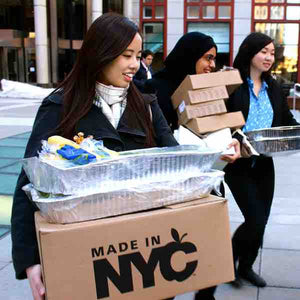
Rescuing MORE Leftover Cuisine
Helping the hungry by rescuing and donating leftover food to human service centers.
The Problem
Millions of people around the globe are unable to get access to food, while countless meals are thrown away each day.
According to the USDA, 14% of households were food insecure, including 5.6% with very low food security. This represents more than 42 million Americans. Though the percentage of food insecure households has decreased over the past three years, the percentage of very low food security and percentage of food insecure households with children has been unchanged since a large increase in 2008. Food insecurity is an issue that costs America $167 billion per year.
Simultaneously, massive quantities of food is wasted. According to the Natural Resources Defense Council’s Food Waste Report in 2012, 40% of food, or more than 90 billion pounds of food in the U.S. is uneaten, costing America $165 billion. This unprecedented amount of wasted food amounts for a fourth of the nation’s methane emissions, which are 30 times more harmful than carbon dioxide, as the largest component of municipal solid waste by weight.
Hence, RLC reduces food insecurity and food waste by collaborating with food suppliers and engage volunteers to deliver leftover food to the hungry on foot within communities.
The Solution
We aim to become the world’s most widely used solution for companies and individuals to eliminate food waste in their communities, making food rescue sustainable and universal, and food hunger a thing of the past. As of 2017, we have rescued 1,763,882 cumulative pounds of food and served a cumulative of 1,469,901 meals.
RLC approaches the two large issues of hunger and food waste in three main ways.
First, we localize the issues into sets of communities that can help sustain themselves. We crowdsource the solution of the transportation to the members of the public in these communities as volunteers. After identifying the homeless shelters of a needy community, we proactively find restaurants, hotels, and catering companies with excess food in that vicinity that could help support these disadvantaged communities.
Second, we leverage technology to facilitate the identification and handling of excess food. Thus, partner food providers report when excess food is occurring and a web application is used to engage community members, because volunteering with us can be as easy as taking a brisk walk.
Third, we tackle food waste at its root, aiming to eliminate as much food waste as possible and bringing the remaining excess food to where it is needed most. The data of when food waste occurs is used in our analysis of what types of food waste could be avoided, and RLC suggests ways that partner food providers can reduce waste at its root.
Stage of Development
- Early Stage
- Established Prototype
- Scaling
- Other
Organization to Receive Funds
RLC is the most cost effective food rescue solution in the world. At just 10 cents per pound versus industry average of 25 cents per pound, RLC is able to rescue more for every dollar it receives. RLC uses a web application coded with Ruby on Rails to engage community members, thereby crowdsourcing the transportation problem of excess food to the hungry in a more efficient way than operating vehicles. Through this engagement, volunteers are able to see food waste firsthand and take action both on the field with RLC as well as at home on the issues of food...




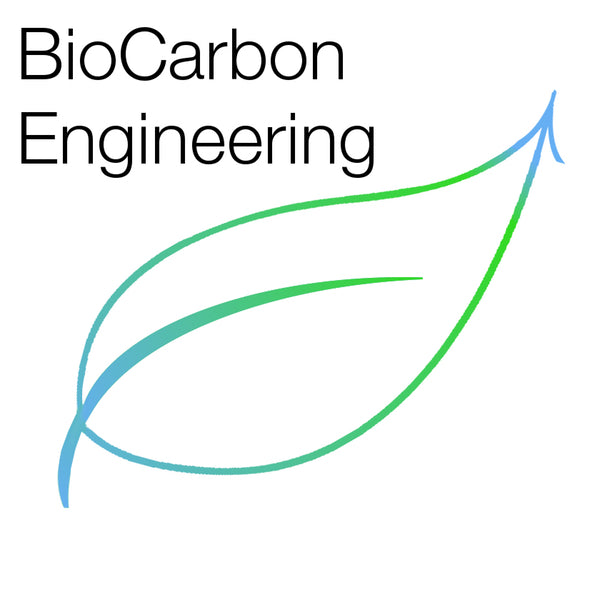
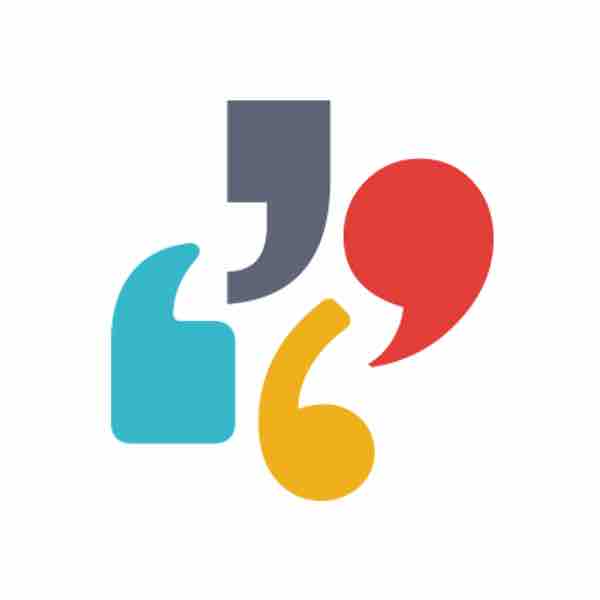
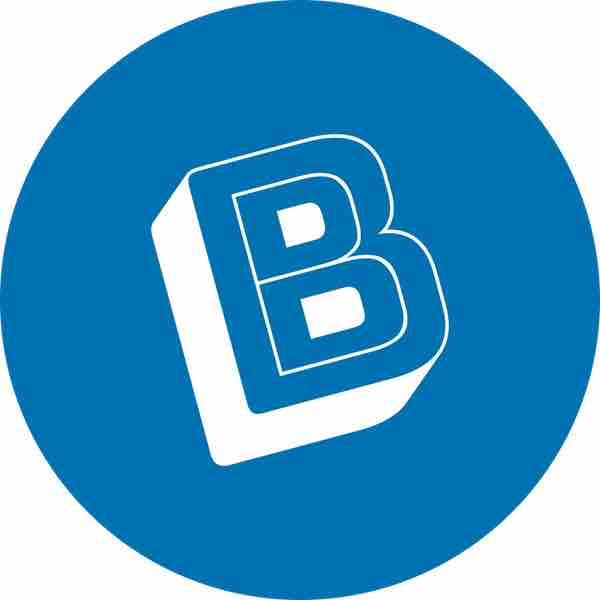
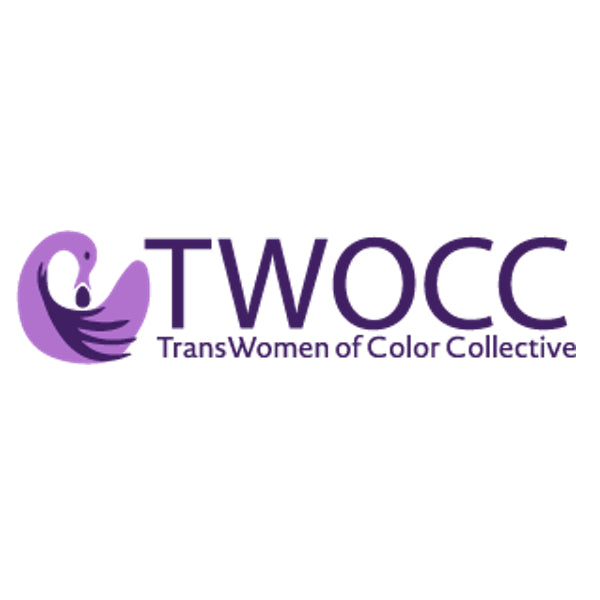
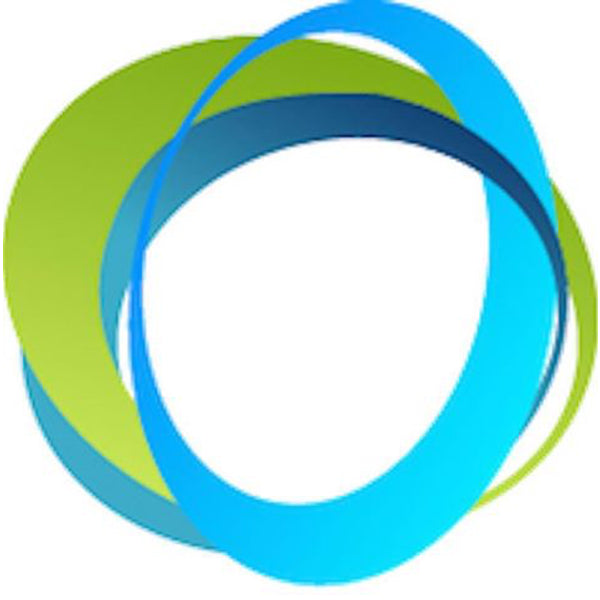
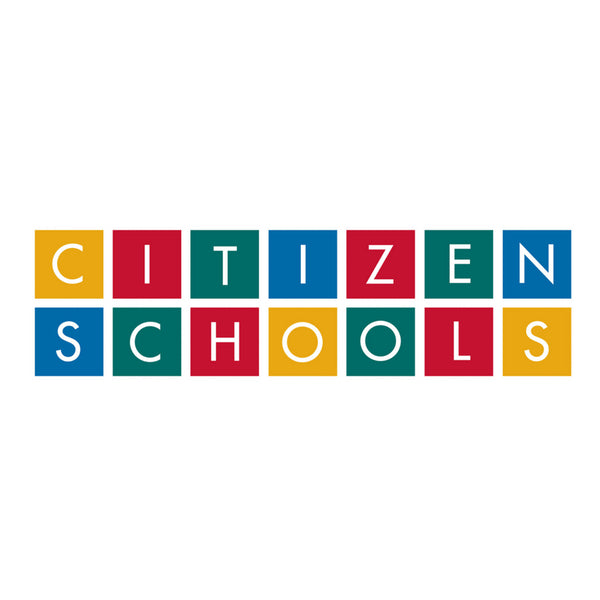
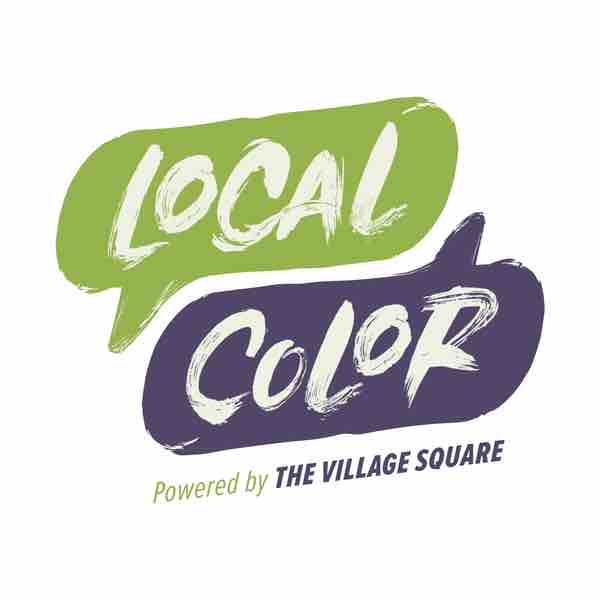
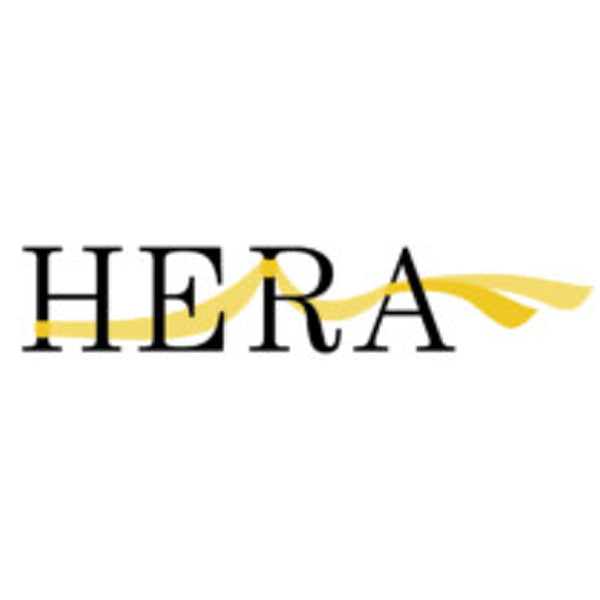
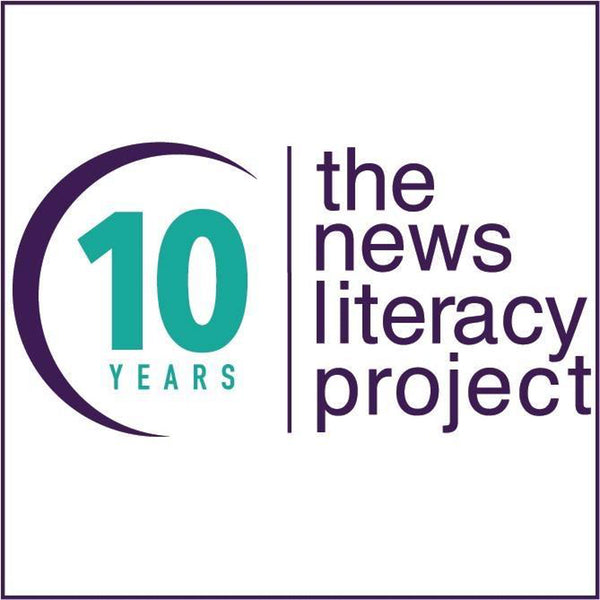
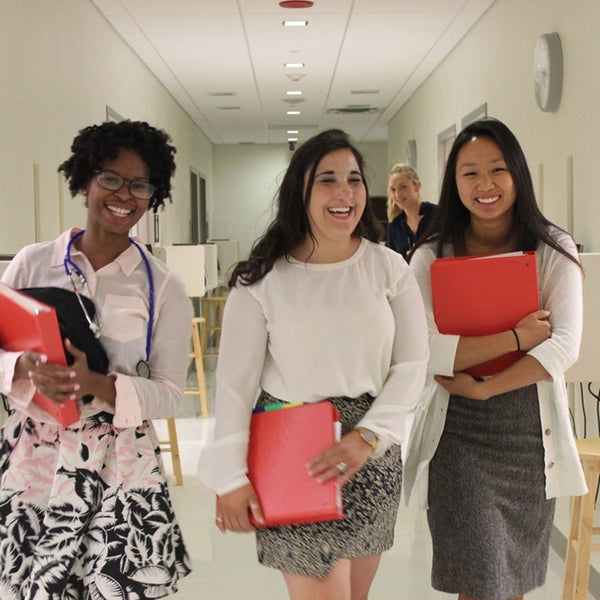
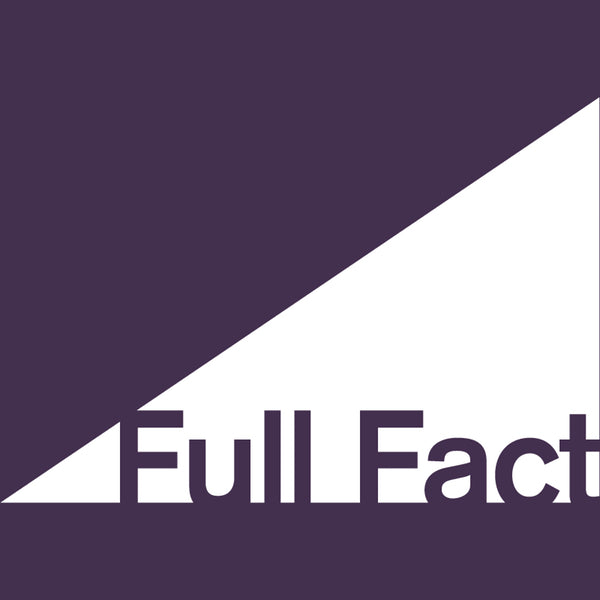
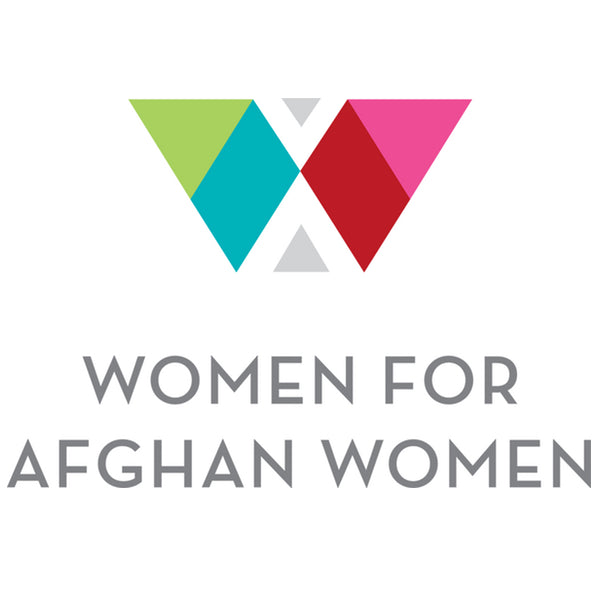
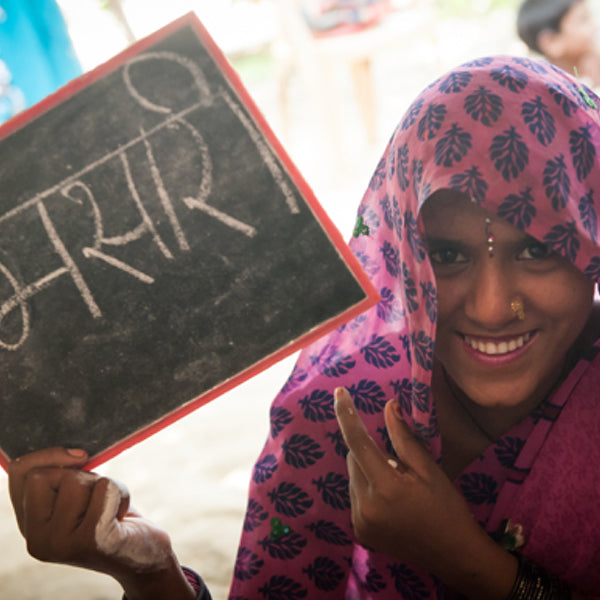
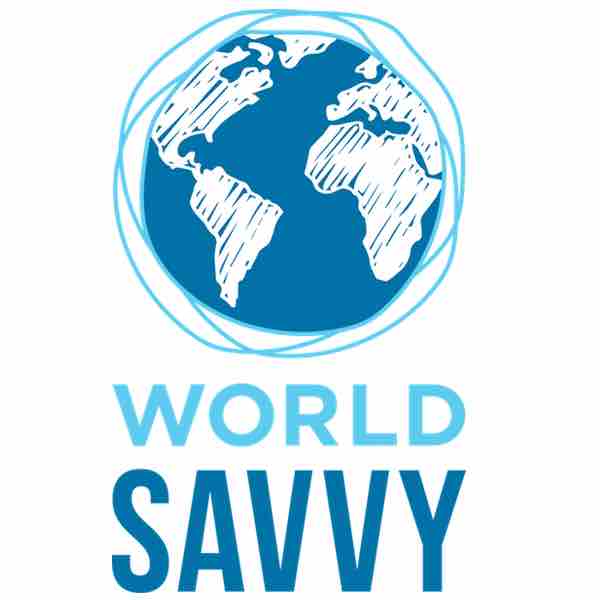
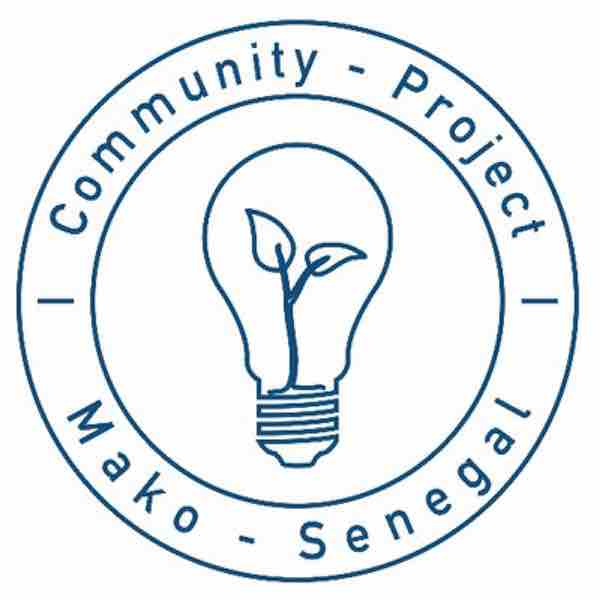
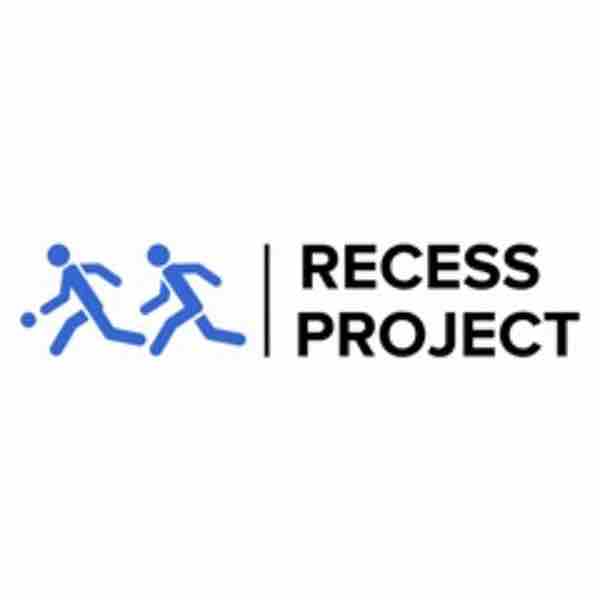
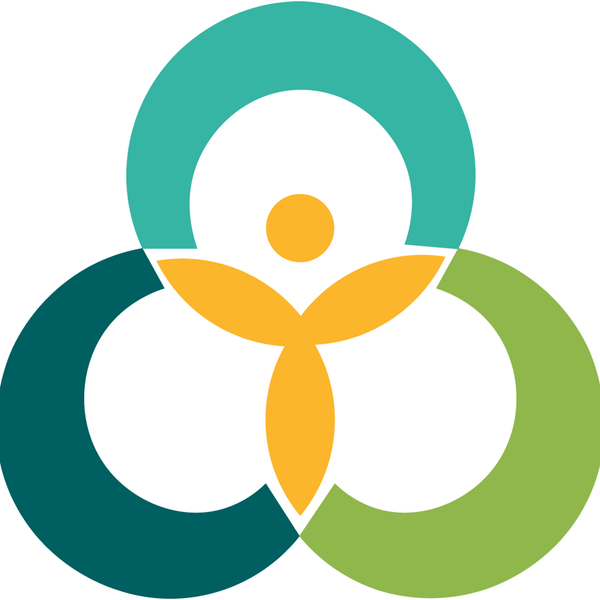
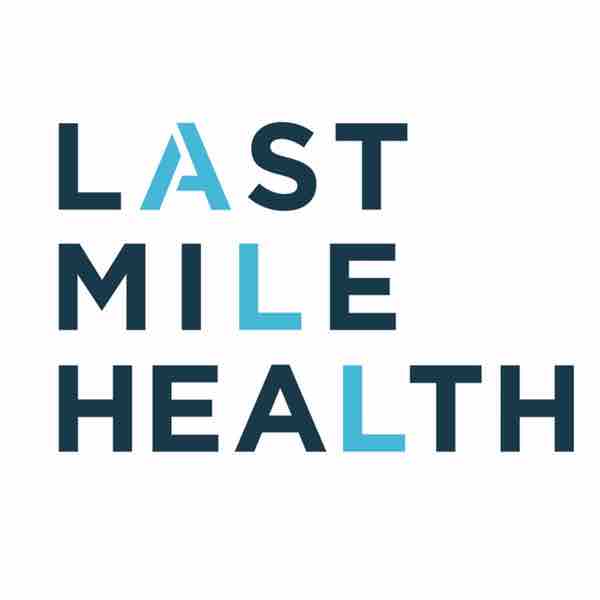
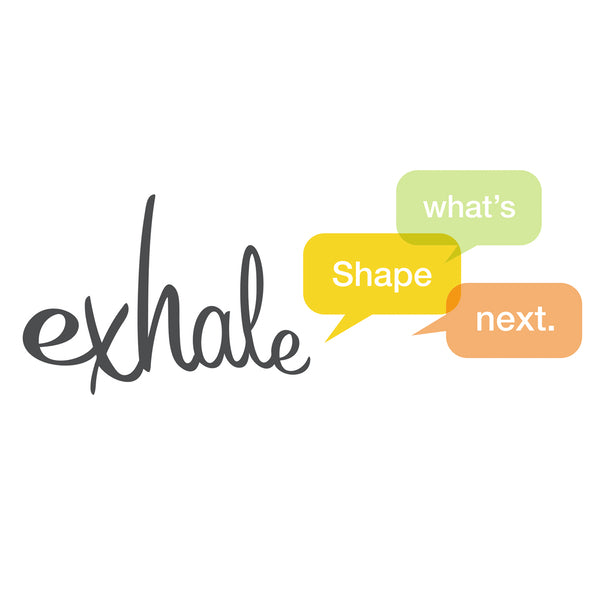
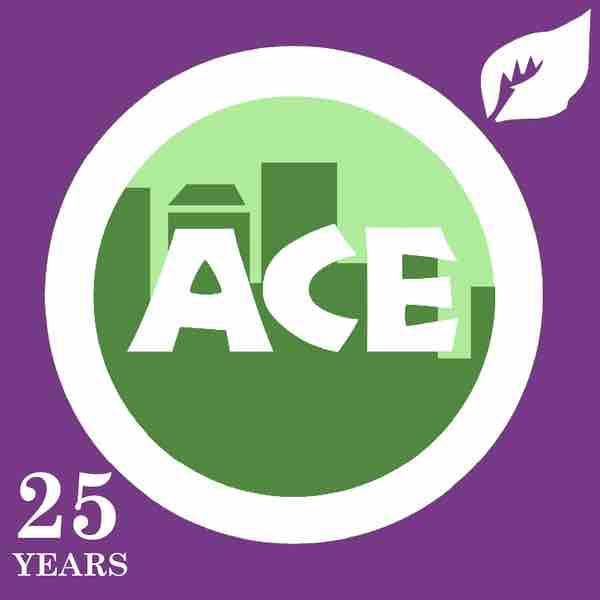
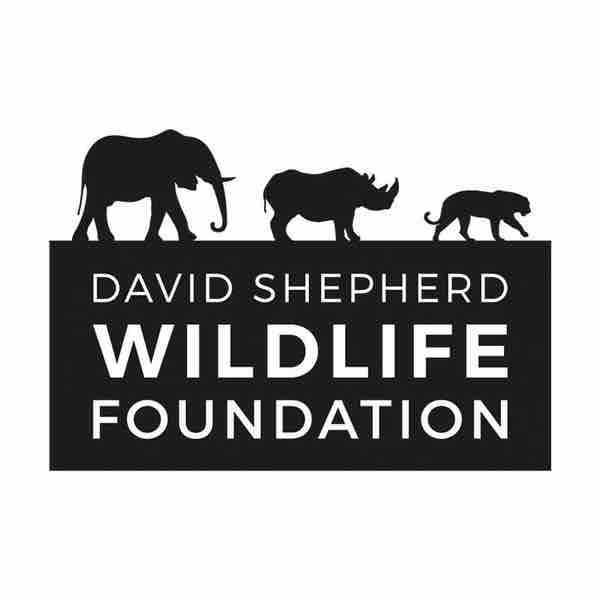
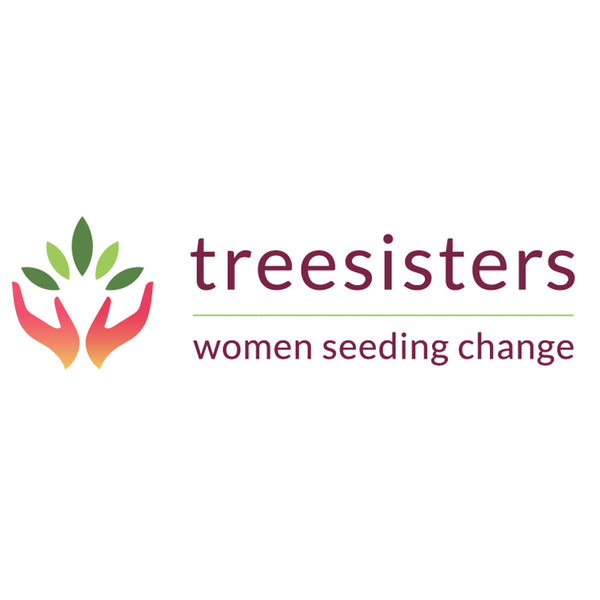
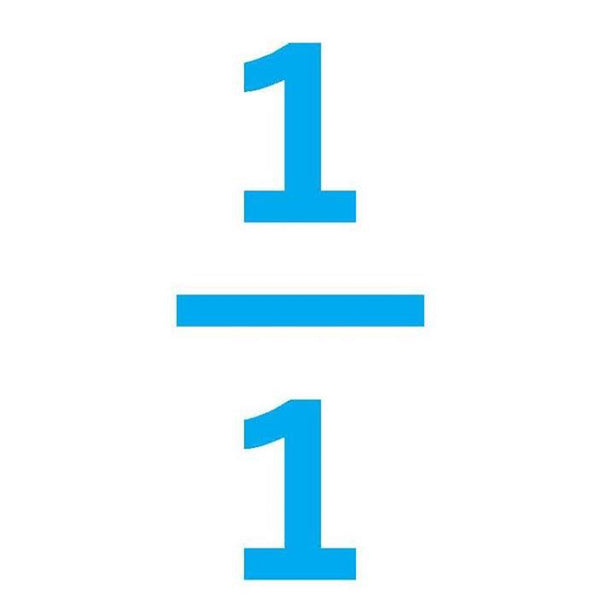
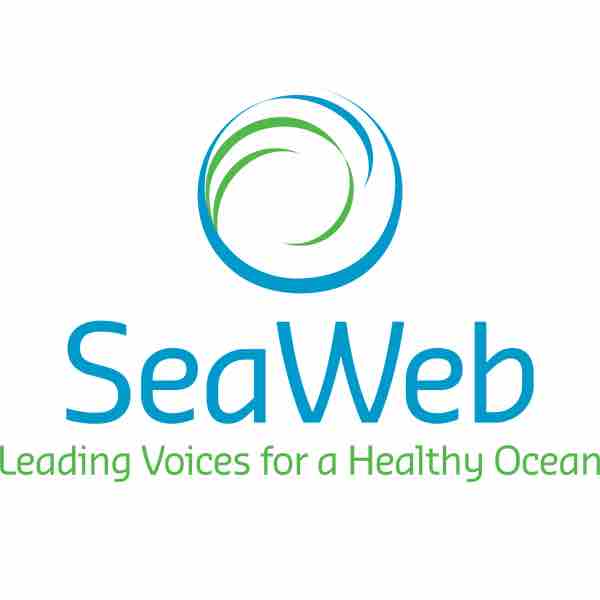
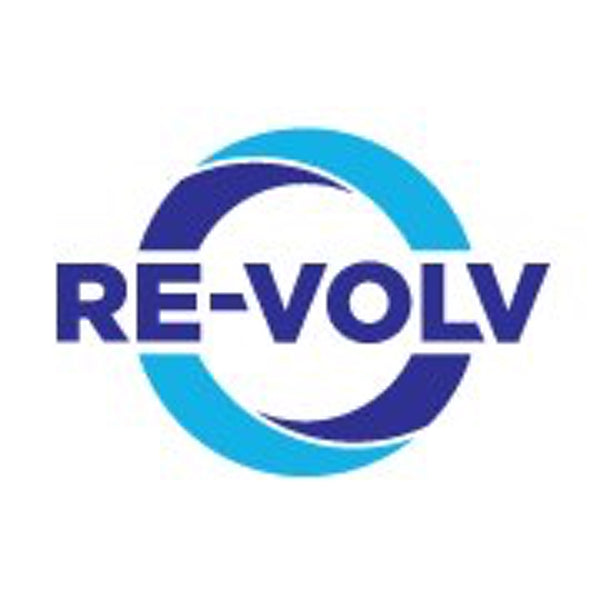
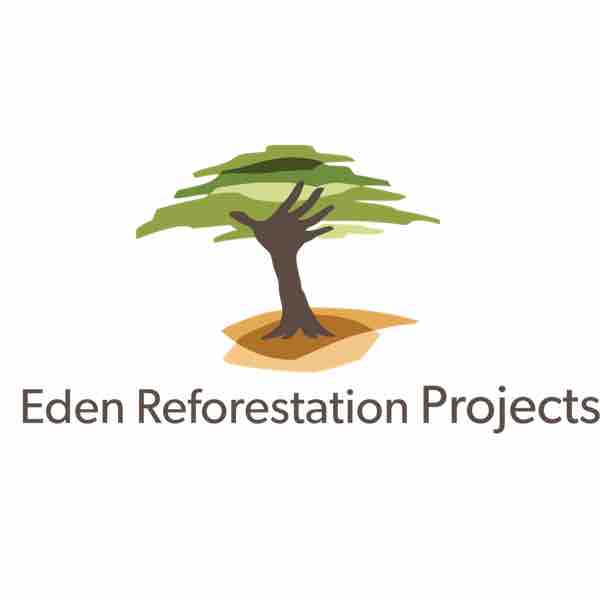

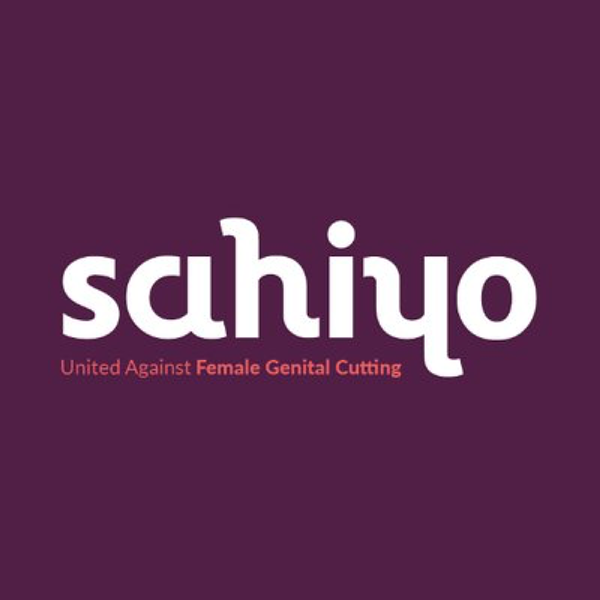
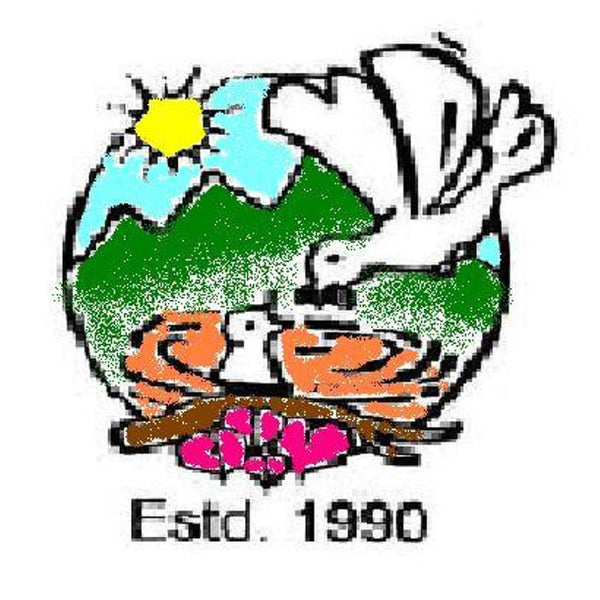

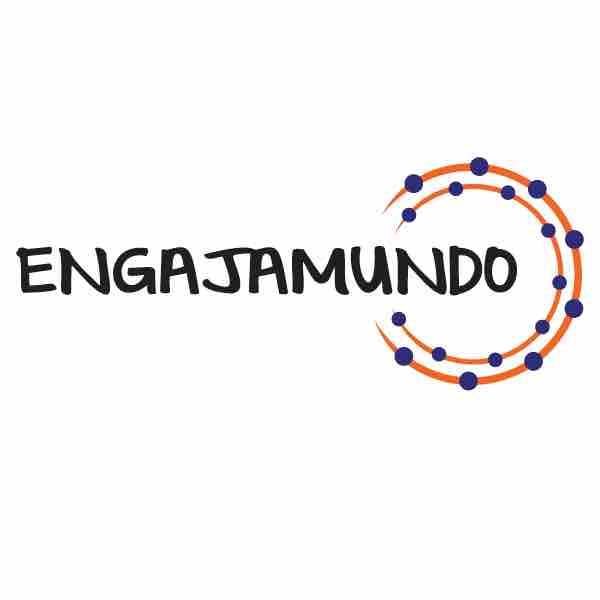
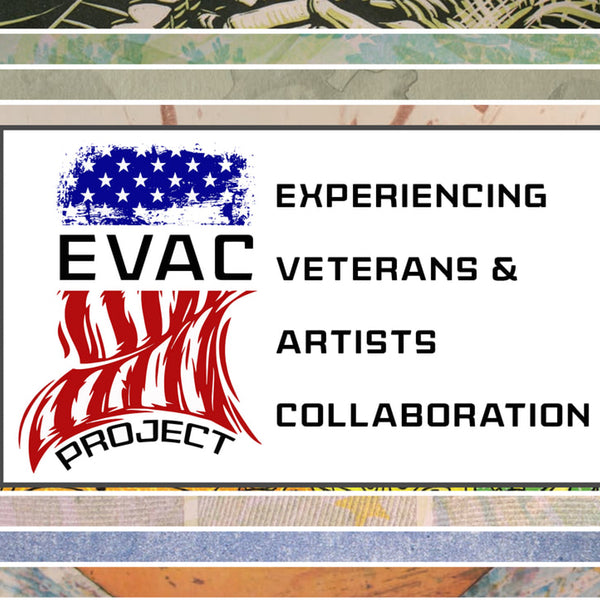
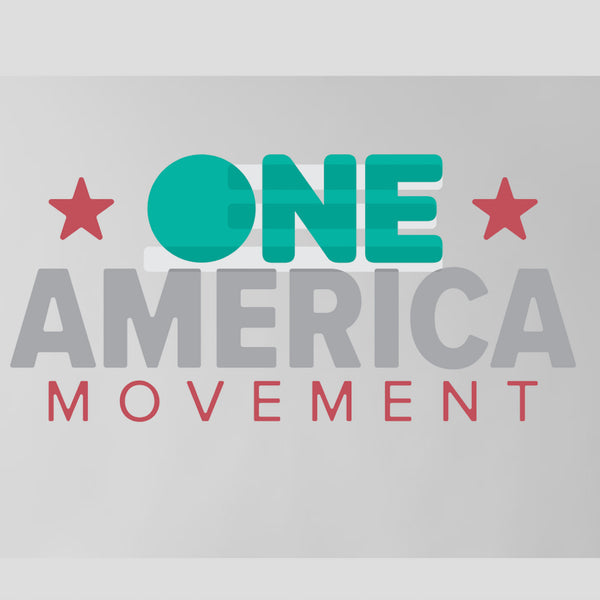
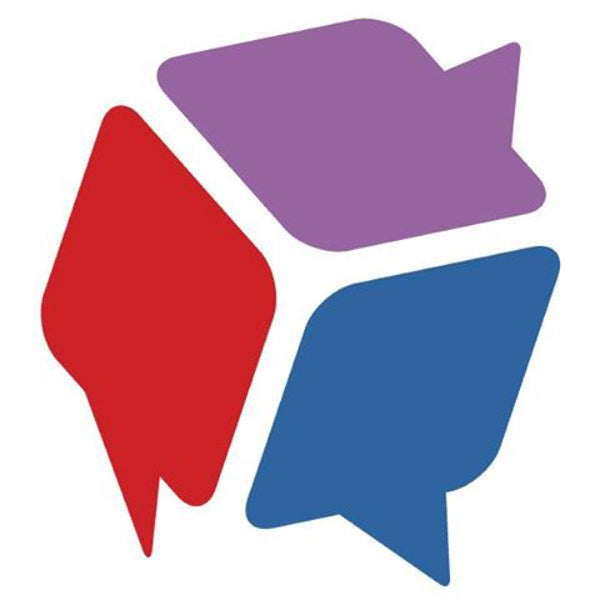
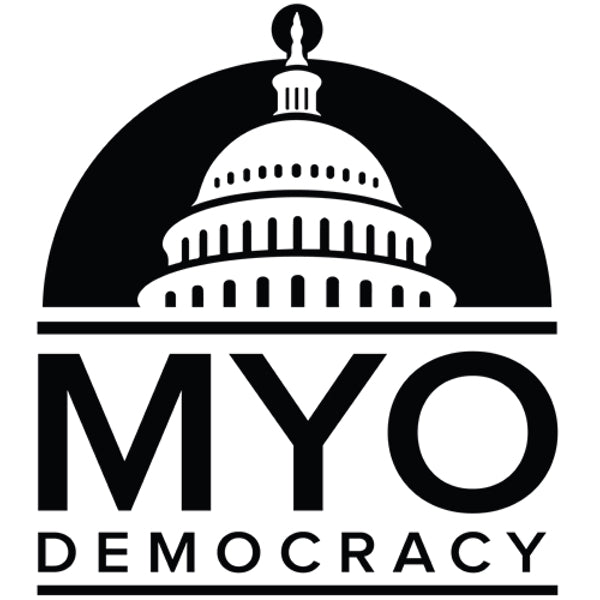
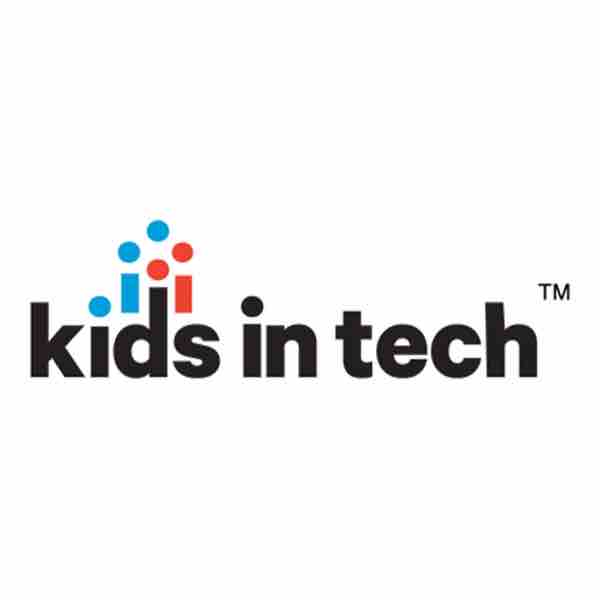


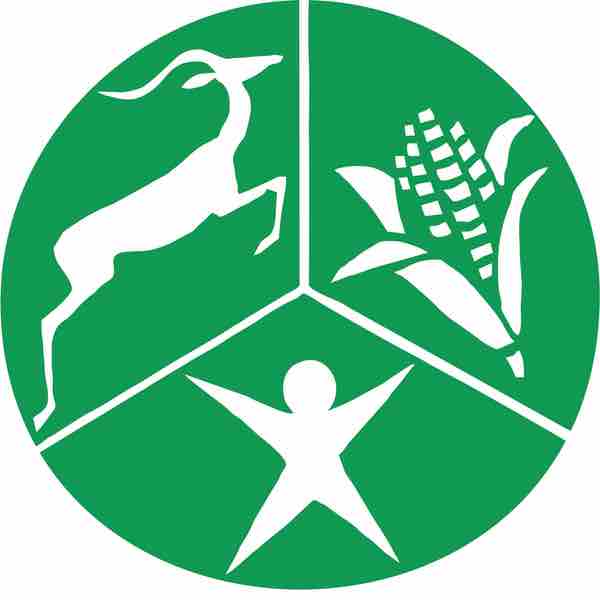
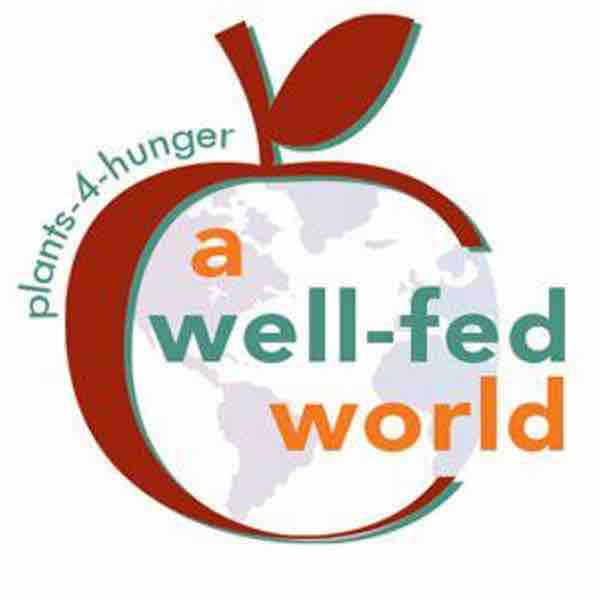

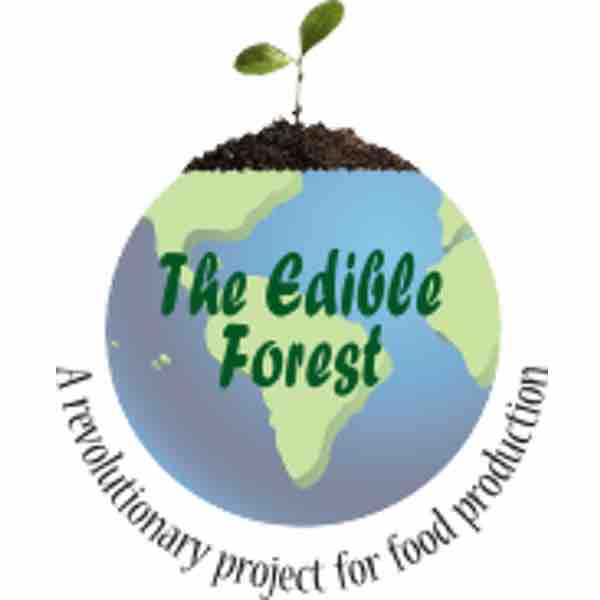
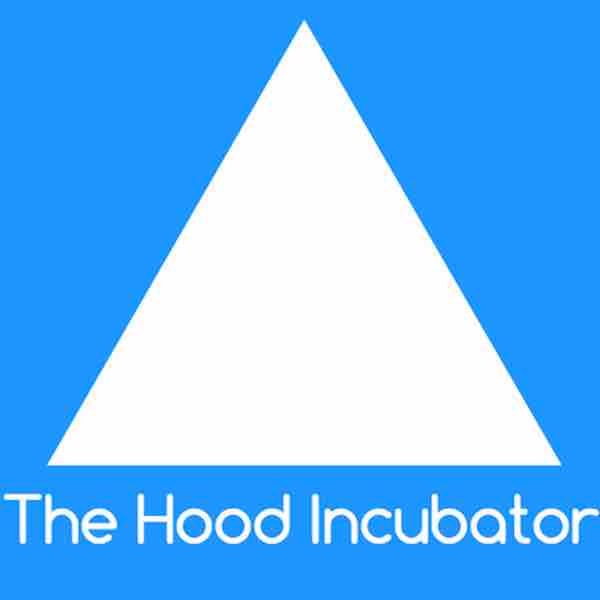
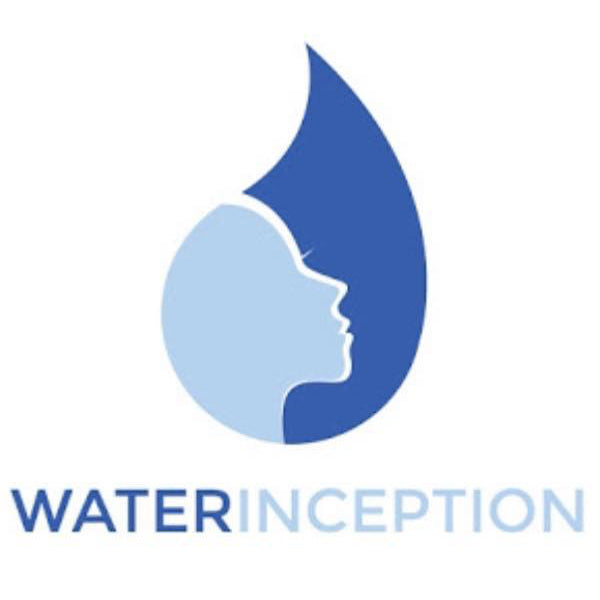
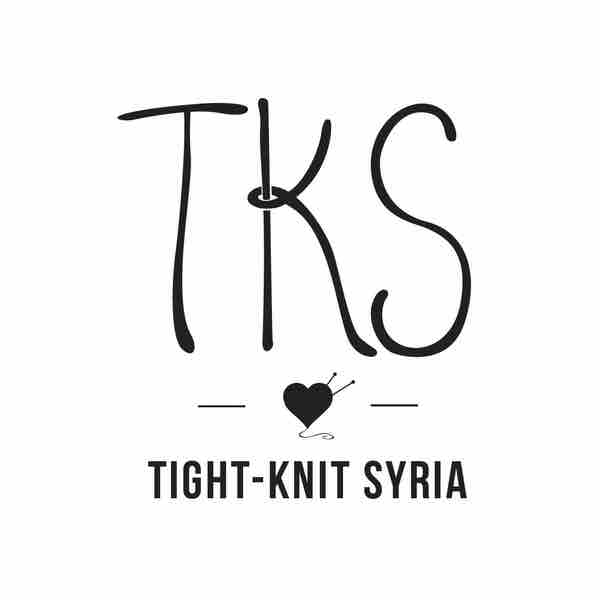
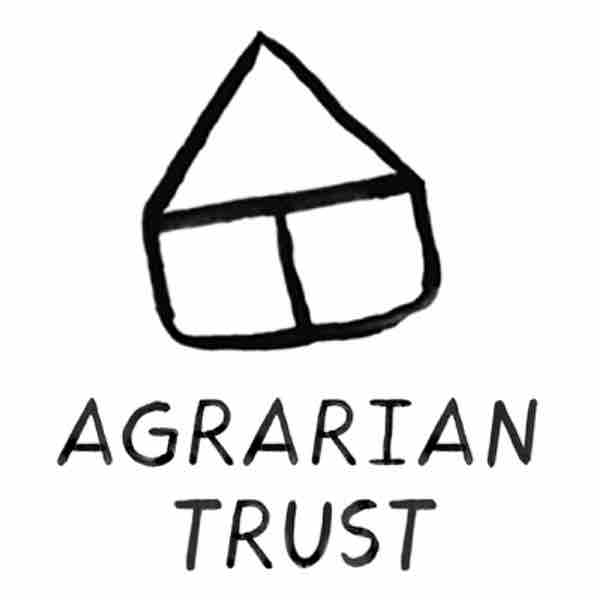
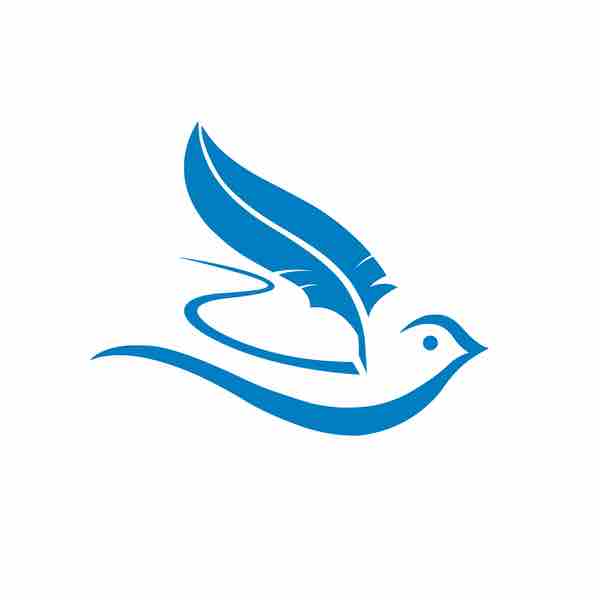
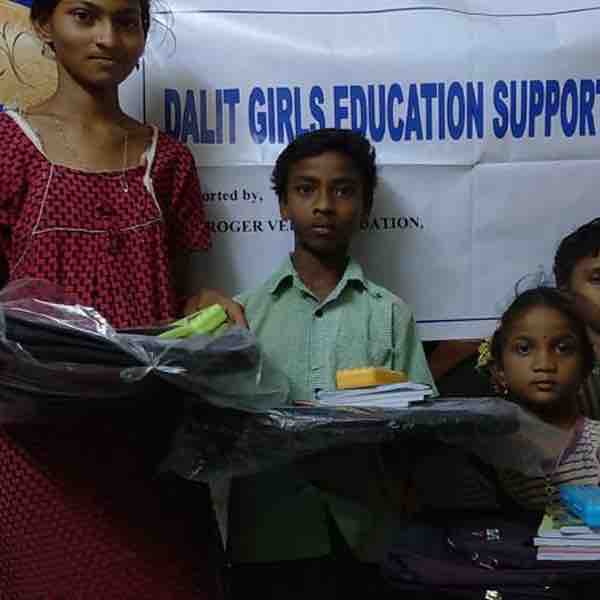
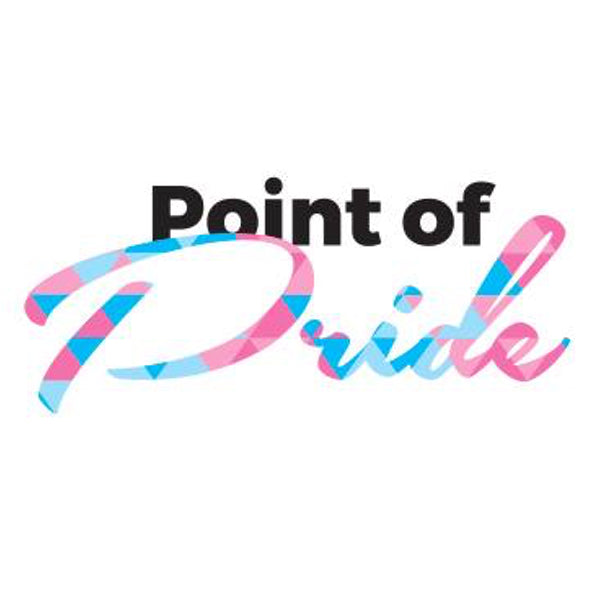
Join The Discussion